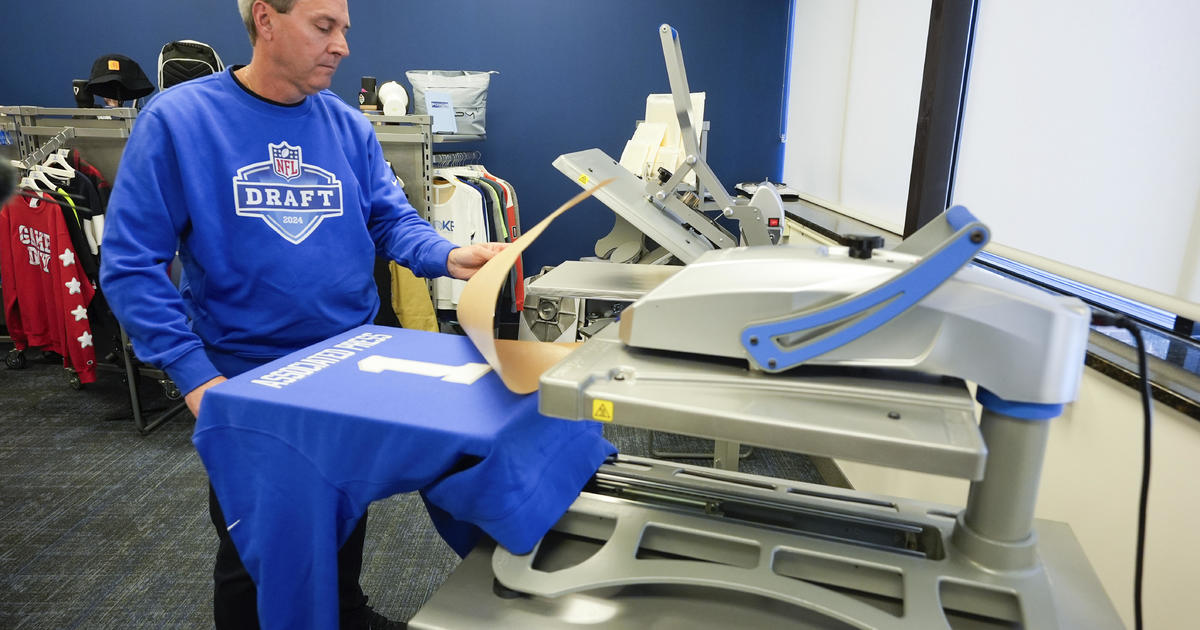UM Fine-Tunes Cardiac Ablation For Better Results Against Arrhytmia
ANN ARBOR -- University of Michigan heart researchers are shedding light on a safer method for steadying an abnormal heart rhythm that prevents collateral damage to healthy cells.
Irregular heart rhythms, or arrhythmias, set the stage for a common, debilitating disorder called atrial fibrillation that puts adults as young as age 40 at risk for fatigue, fainting, cardiac arrest, and even death. Medications can help, but doctors also use catheter ablation, in which electrical impulses are delivered to a region of the heart to disrupt the arrhythmia.
However, studies show half of patients require more than one ablation to see results. In a laboratory study, the UM used photodynamic therapy, a technique long used in cancer research, to disrupt the specific cells causing the arrhythmia.
The study suggests cell-specific cardiac ablation could help patients avoid complications, and get closer to an arrhythmia-free life without having to undergo repeat hospital visits.
Chemists in the UM Department of Chemistry and electrophysiologists at the UM Center for Arrhythmia Research collaborated on the study that will require further examination before it is available in the hospital setting.
"This cell-selective therapy may represent an innovative concept to overcome some of the current limitations of cardiac ablation," says lead study author Uma Mahesh Avula, M.D., research fellow at the UM Center for Arrhythmia Research.
The study was published online this week ahead of print in the September issue of the Journal of Heart Rhythm.
The heart consists of different types of cells such as myocytes, fibroblast, adiopocytes and purkinje fibers, which are all needed for normal cardiac activity.
The new study is the first of its kind to use photodynamic therapy and nanotechnology to ablate only the cardiac myocytes responsible for arrhythmias. In current ablative techniques, all cardiac cells receive ablative energy, which can lead to complications such as puncturing the heart muscle, bleeding or stroke.
"Current ablation techniques are severely limited by its non-specific nature of cellular damage," Avula said. "Besides this lack of cellular discrimination markedly increases the required energy amounts and prolongs procedure times, all of which reduces overall ablation results."
Catheter ablation has emerged as an important treatment option that requires careful assessment, planning and execution for optimal success rates. Advances over the past 20 years have made the treatment safer, but it remains highly complex.
"Approaches that could simplify and shorten the procedure may contribute to more patients being treated," Avula said.
Rather than radiofrequency energy, the most common type used in cardiac ablation, the UM team introduces the use of PDT in cardiac electrophysiology to target specific cell types. Targeted PDT, which was pioneered in the labs of study senior author UM chemist and engineer Raoul Kopelman, is extensively used in cancer research for selectively killing cancerous cells.
The disruption induced by PDT is confined to cells that have been photosensitized, while adjacent non-photosensitized cells are unaffected.
"We think this approach will decrease the extent of unwanted cell injury, inflammation, and ablation-related tissue damage, and pave a way for the development of more effective therapies for cardiac arrhythmias," says study senior author Jerome Kalifa, M.D., assistant professor of internal medicine at the UM Health System.
More about arrythmias and ablation at www.uofmhealth.org/medical-services/faqs. Listen to patient Phil Mooney talk about atrial fibrillation at www.uofmhealth.org/video+portal#/1270228396932.



